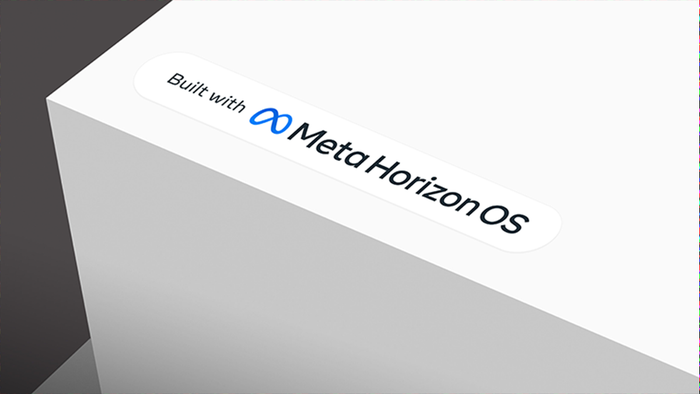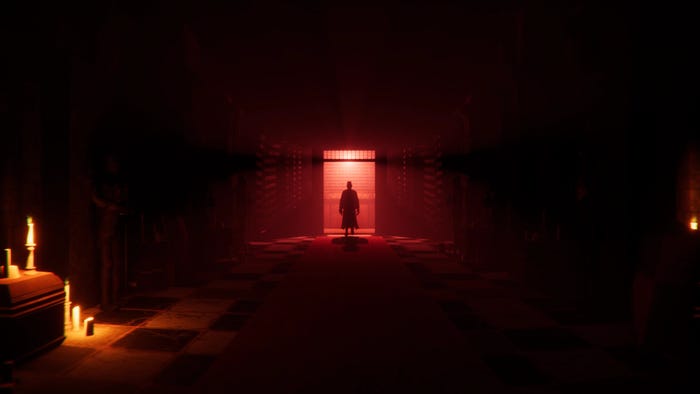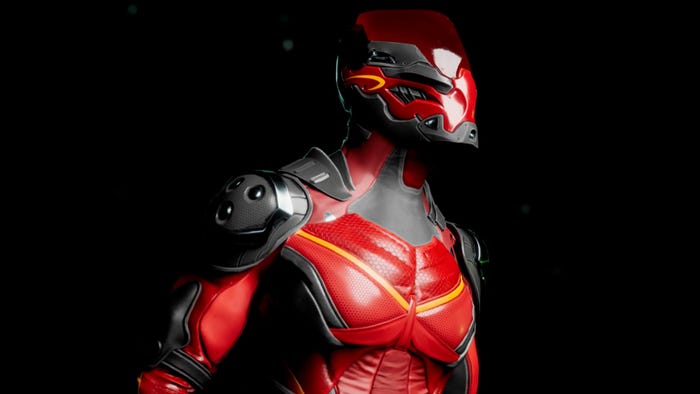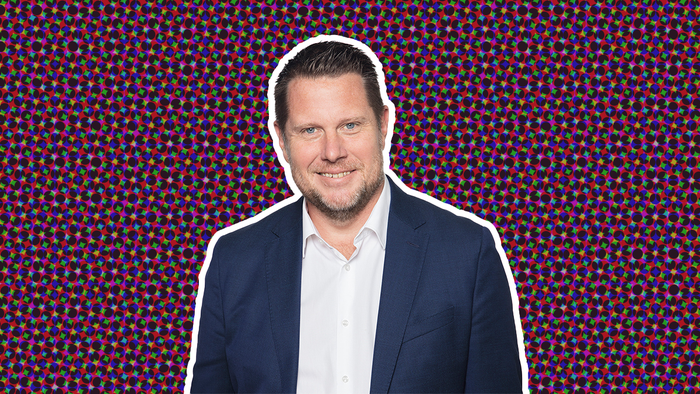Sponsored By
News
A selection of retro Infogrames logos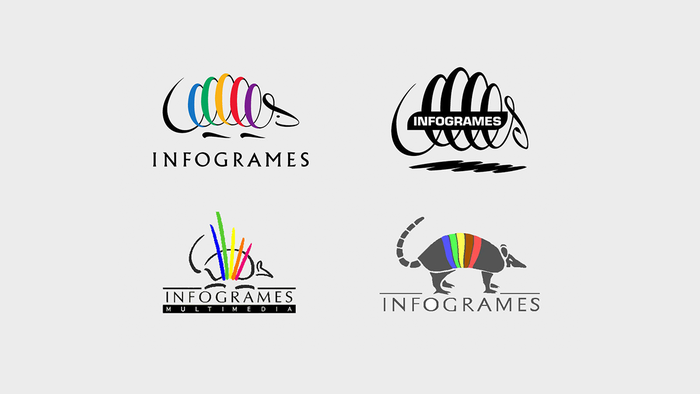
Business
Atari relaunches Infogrames, immediately buys Totally Reliable Delivery ServiceAtari relaunches Infogrames, immediately buys Totally Reliable Delivery Service
Infogrames has returned and is eager to acquire some franchises.
Daily news, dev blogs, and stories from Game Developer straight to your inbox

